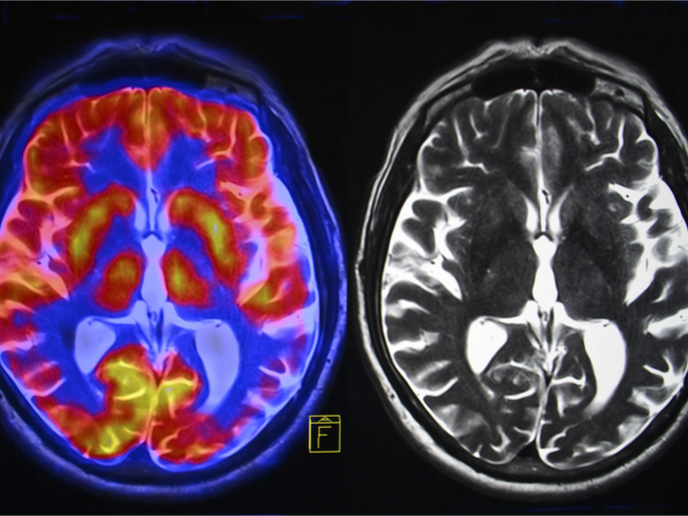Cortical mechanisms of depth perception
Reaching out and grasping an object requires knowledge of the viewing distance for perception of shape and depth. However, how the brain encodes the viewing distance in a body-centred reference system and uses it to encode object depth is not clear. Binocular disparity, the small difference in the images reaching the two eyes, is an important depth cue. One theory of depth perception suggests that cortical, not retinal, disparity processes are behind depth perception. EU-funded scientists launched the project 'Interaction of relative and absolute depth signals in the primate brain' (REAL-DEPTH) to investigate the role and mechanisms of vergence signals (during convergence or divergence of the eyes to fixate) in depth encoding in humans and monkeys. Both animal and human subjects performed the same tasks during which functional magnetic resonance imaging (fMRI) measurements were made. fMRI detects changes in brain blood flow that reflect changes in cellular activity – a need for more oxygen and nutrients carried by the blood. fMRI produces colour-coded brain maps of blood flow and a sophisticated new image processing technique, multi-voxel pattern analysis, was used to analyse the data. The first experiment investigated modulation of cortical activity as a function of vergence. Human experiments showed that modulation occurs as early (in the visual pathway) as the primary visual area, the first stage of cortical processing. Results were presented at two international conferences and a manuscript is in preparation. The second experiment focused on identification of cortical areas that encode the position of the object relative to the body, not relative to the retina. Preliminary analyses of recordings in humans suggest that some specific parts of the visual field, particularly the area straight ahead, are associated with enhanced fMRI responses in the visual cortex. Experiments on monkeys suggest the same effects in both paradigms as seen in humans. The team will continue with a new fMRI coil developed within the project specifically for monkeys for higher-quality recordings. If results in humans are confirmed in non-human primates, they will make a major contribution to our understanding of visual processing, potentially even requiring revision of current models.







